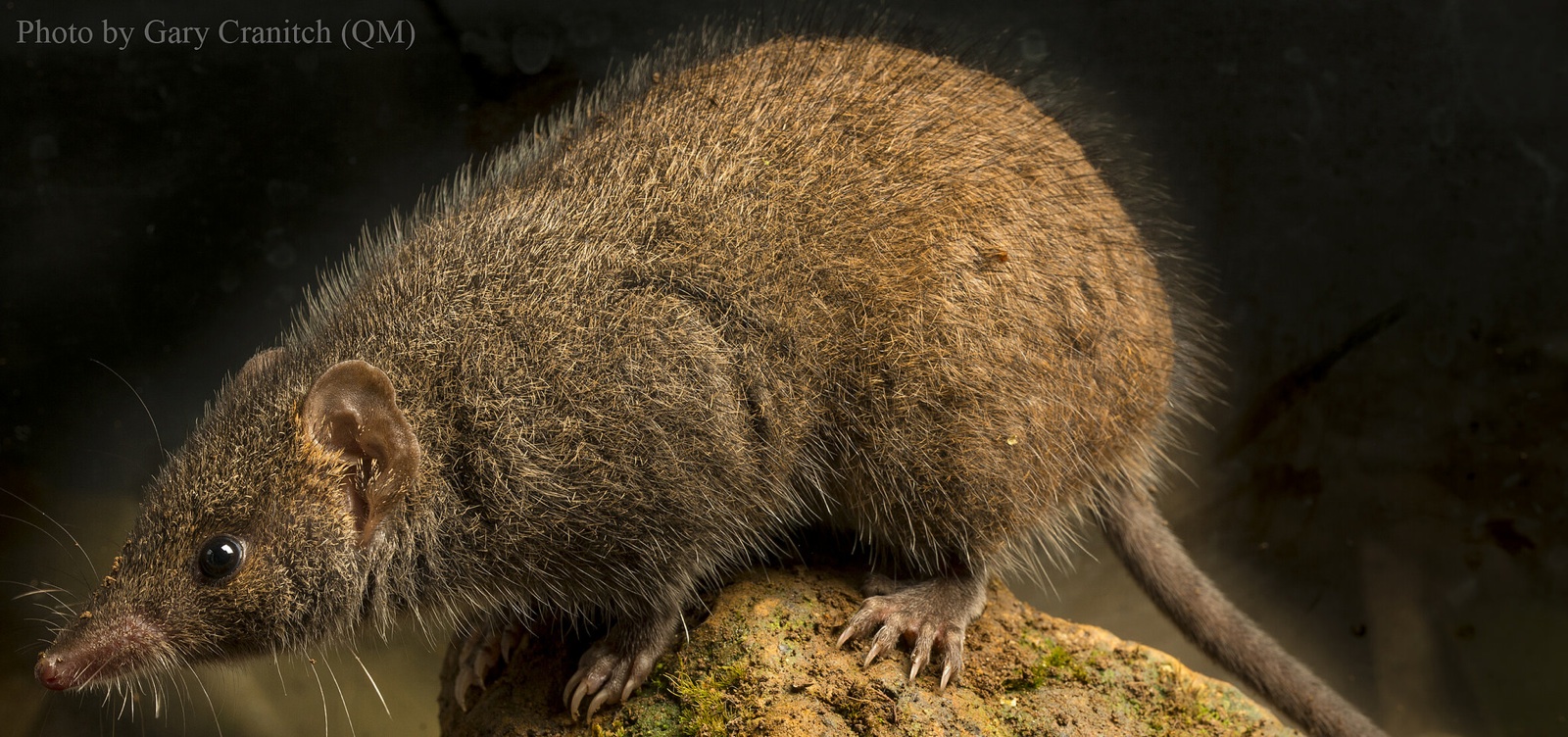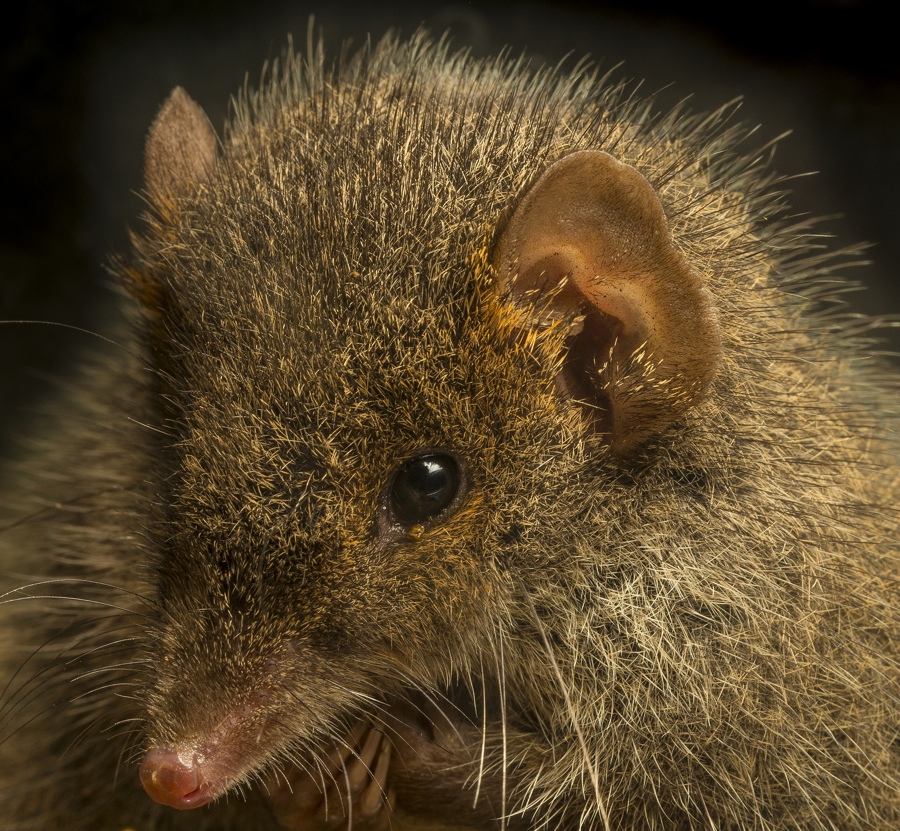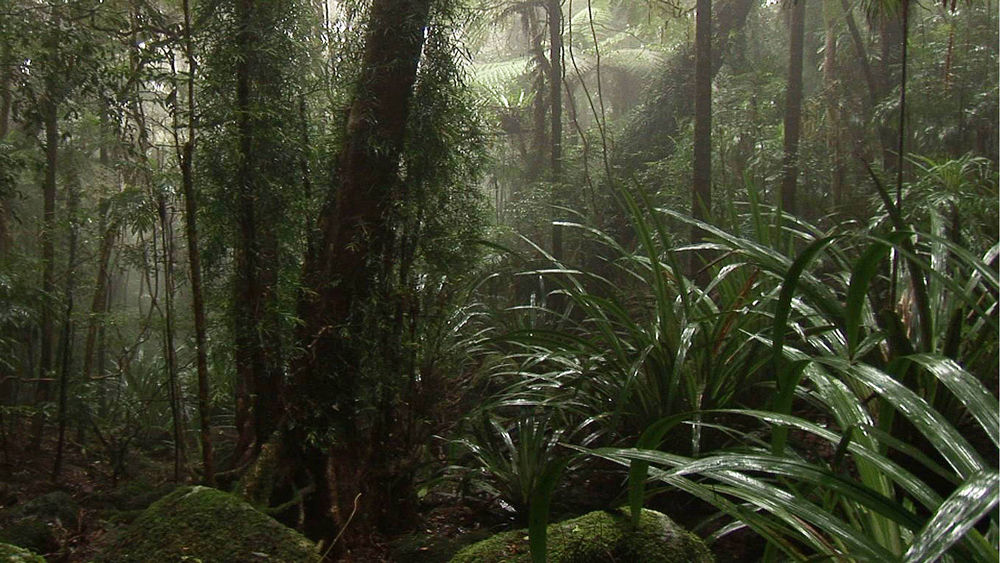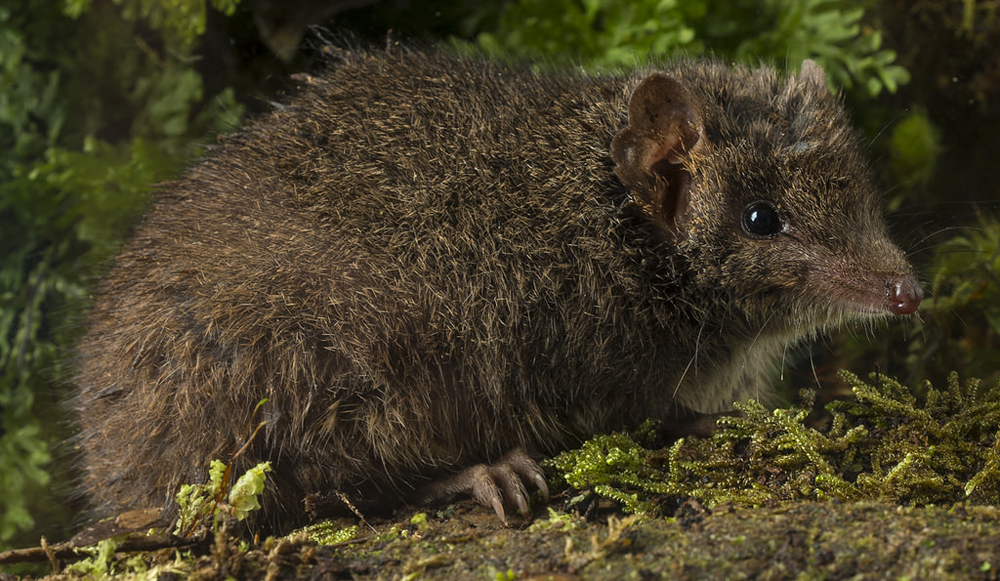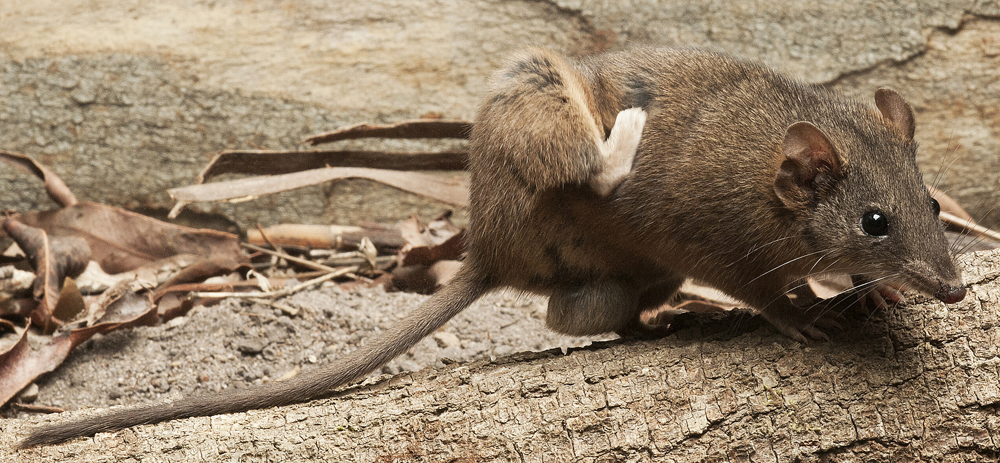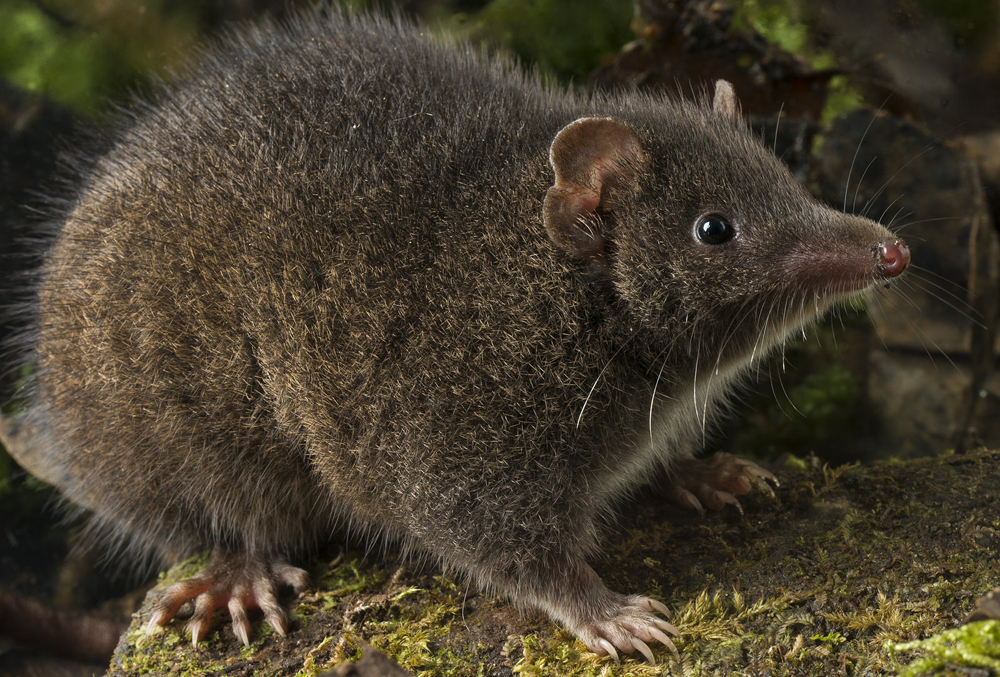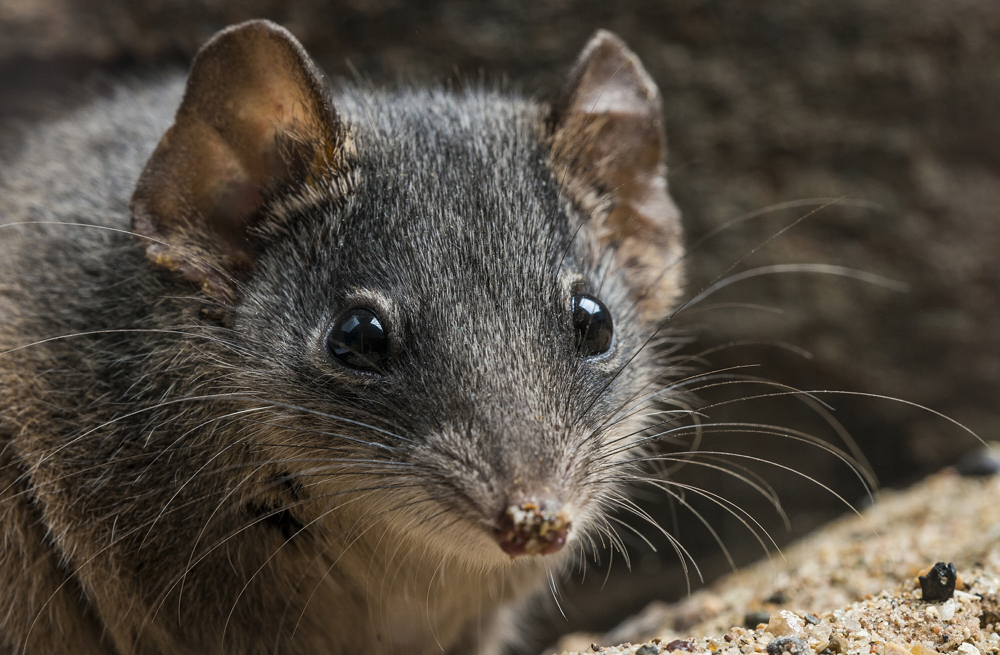Antechinus Photos: New Marsupials Die for Sex
The bristly, sex-crazed antechinus has two previously unknown species in its family, a new study finds. Every year, antechinus males mate furiously during sex sprees lasting as long as 14 hours. But, after two or three weeks of sex-fueled romps, the males drop dead and leave the females to raise the young. On top of these sex-related deaths, three antechinus species are threatened by climate change, feral pests and habitat loss, the researchers said. (All photos are courtesy of Gary Cranitch, Queensland Museum.) [Read the full story on the new antechinus species]
Spider-eating marsupial
A photo of the black-tailed antechinus (Antechinus arktos), a new species of antechinus identified by researchers in the past three years. The antechinus is a marsupial that eats spiders and insects.
2 new species identified
The black-tailed antechinus is one of five recently discovered species of antechinus. A new study details two new species, the Tasman peninsula dusky antechinus (Antechinus vandycki) and the mainland dusky antechinus (Antechinus swainsonii mimetes).
High-altitude home
A remote area of the Springbrook National Park, the high-altitude habitat of the black-tailed antechinus. Springbrook National Park is also a World Heritage area because it has the preserved rainforest of Gondwanaland, an ancient supercontinent. Researchers are trying to get the black-tailed antechinus on the threatened species list.
Get the world’s most fascinating discoveries delivered straight to your inbox.
Dusty
The mainland dusty antechinus, one of the newly named species. It lives in areas of New South Wales and Victoria.
Getting that itch
The buff-footed antechinus (Antechinus mysticus) was the 11th species of antechinus discovered by scientists. While researchers were investigating its habitat range between southeast and mid-east Queensland, they discovered a 12th species of antechinus, the silver-headed antechinus (A. argentus).
Looking for a mate?
The buff-footed antechinus makes its way down a log. The marsupials usually mate in late autumn or early winter.
Logging threats
The newly discovered Tasman Peninsula dusky antechinus is under threat. Researchers found it in the remote parts of southeastern Tasmania that are being logged.
Old settlement, new find
Researchers found the Tasman Peninsula dusky antechinus near Port Arthur, an old European settlement in Tasmania.
Plea for protection
The researchers are asking that politicians in Australia and Tasmania put the Tasman Peninsula dusky antechinus on the threatened species list.
Another antechinus imperiled
The silver-headed antechinus is also under threat.
Under assault
Protections are needed to help the silver-headed antechinus survive in the face of climate change, feral pests and habitat loss, researchers said.
The protector
Andrew Baker, a mammalogist at the Queensland University of Technology's Science and Engineering department, holds a black-tailed antechinus.
Follow us @livescience, Facebook & Google+.

Laura is the managing editor at Live Science. She also runs the archaeology section and the Life's Little Mysteries series. Her work has appeared in The New York Times, Scholastic, Popular Science and Spectrum, a site on autism research. She has won multiple awards from the Society of Professional Journalists and the Washington Newspaper Publishers Association for her reporting at a weekly newspaper near Seattle. Laura holds a bachelor's degree in English literature and psychology from Washington University in St. Louis and a master's degree in science writing from NYU.


